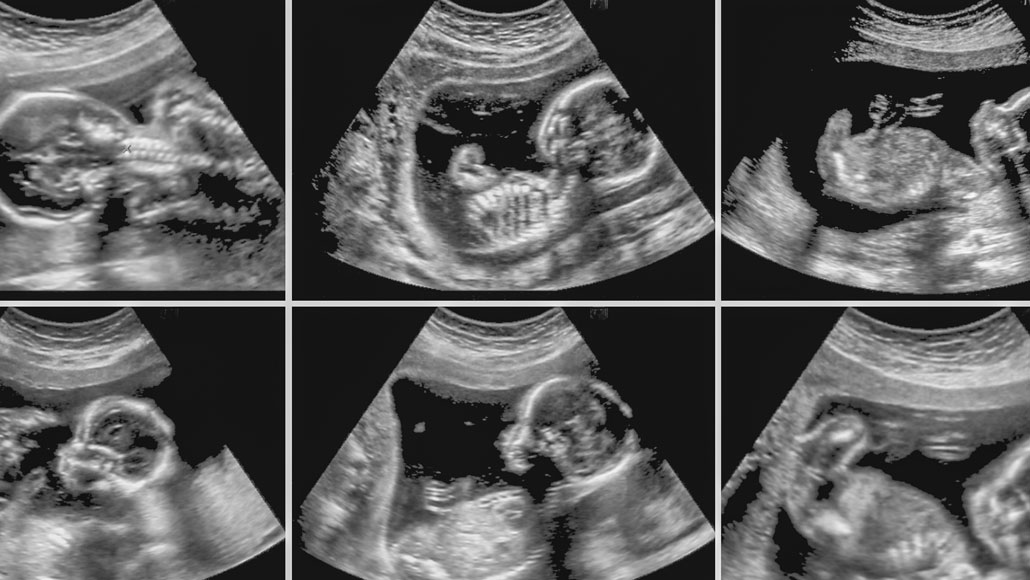Air pollution can reach the placenta around a developing baby
A study of women in Belgium found black carbon particles, or soot, within the organ

The soot in polluted air may get as far as the inside of the womb, a small study suggests.
Jovannig/iStock /Getty Images Plus
- More than 2 years ago
Breathing in polluted air may send soot far beyond a pregnant woman’s lungs, all the way to the womb surrounding her developing baby.
Samples of placenta collected after women in Belgium gave birth revealed soot, or black carbon, embedded within the tissue on the side that faces the baby, researchers report online September 17 in Nature Communications. The amount of black carbon in the placenta correlated with a woman’s air pollution exposure, estimated based on emissions of black carbon near her home.
“There’s no doubt that air pollution harms a developing baby,” says Amy Kalkbrenner, an environmental epidemiologist at the University of Wisconsin–Milwaukee who was not involved in the new work. Mothers who encounter air pollution regularly may have babies born prematurely or with low birth weight (SN: 5/13/15).
These developmental problems have been tied to an inflammatory response to air pollution in a mother’s body, including inflammation within the uterus. But the new study, Kalkbrenner says, suggests that “air pollution itself is getting into the developing baby.”
The study looked particularly at black carbon, a pollutant emitted in the burning of fossil fuels such as gasoline, diesel and coal. Researchers in Belgium at Hasselt University in Diepenbeek and Katholieke Universiteit Leuven used femtosecond pulsed laser illumination to test the tissue for soot. The technique involves using extremely fast laser bursts — each one-quadrillionth of a second — to excite electrons within the tissue, which then emits light. Different tissues are known to generate certain colors, such as red for collagen and green for placental cells. The black carbon was distinct and released white light.

“The black carbon particles truly stand out uniquely” from the rest of the tissue, says Bryan Spring, a biomedical physicist from Northeastern University in Boston who was not involved in the work.
The researchers also looked at whether the amount of black carbon detected in 20 placental samples matched a woman’s air pollution exposure, estimated based on where she lived in the northeast of Belgium. More soot was found in the samples from 10 women who experienced higher pollution levels in their residential areas than the 10 who had lower levels. An average of 9,500 particles per cubic millimeter of placental tissue was found in the women exposed to less pollution and 20,900 particles per cubic millimeter in the more exposed group.
Kalkbrenner finds it reassuring “that they’re getting an actual correlation where higher measures of the air pollution … went along with higher measures of black carbon particles.” The study suggests it might be possible to test for a person’s exposure to pollution from tissue samples or even blood, she says. Currently, scientists primarily estimate pollution exposure based on where a person lives, which can leave out other sources such as those encountered at work.







